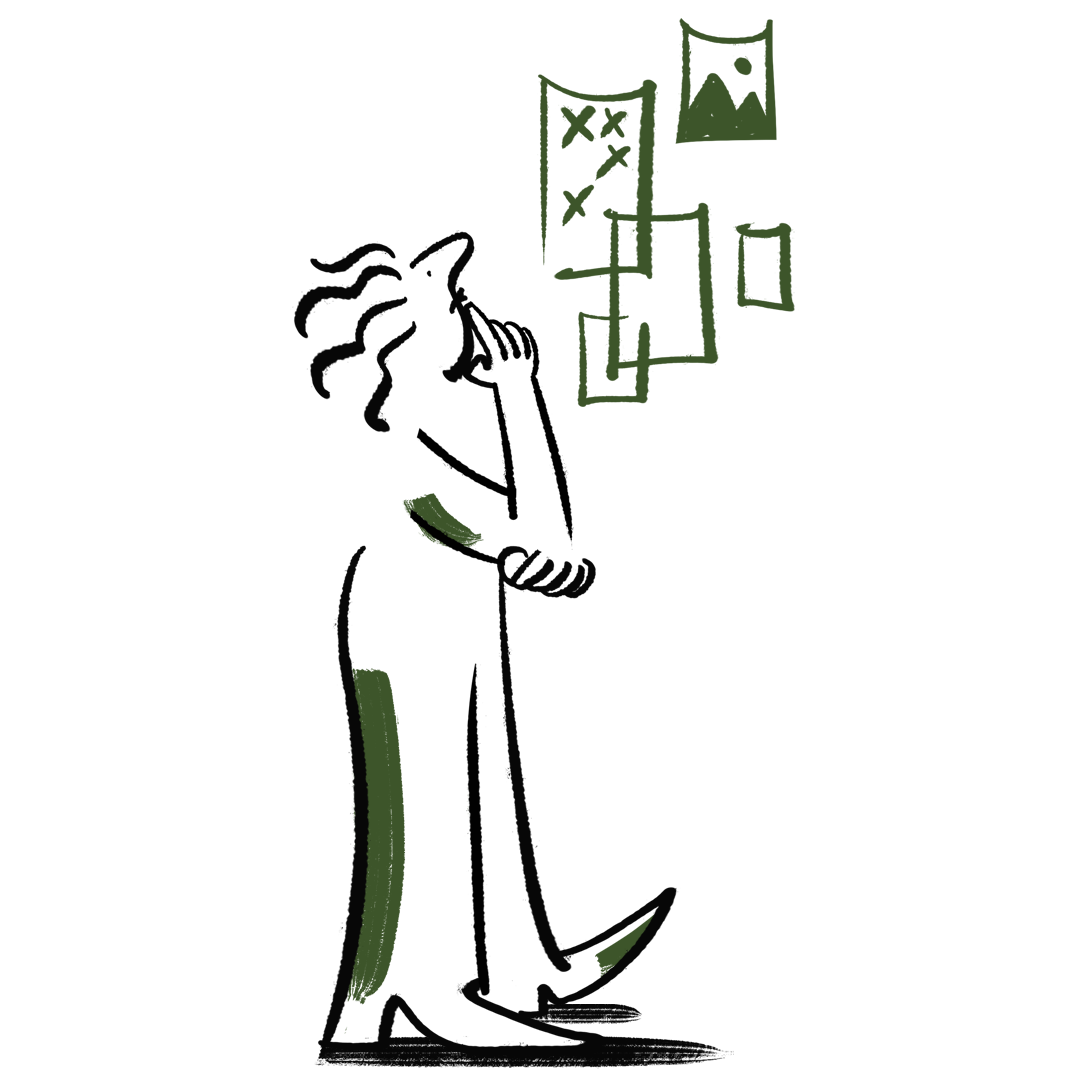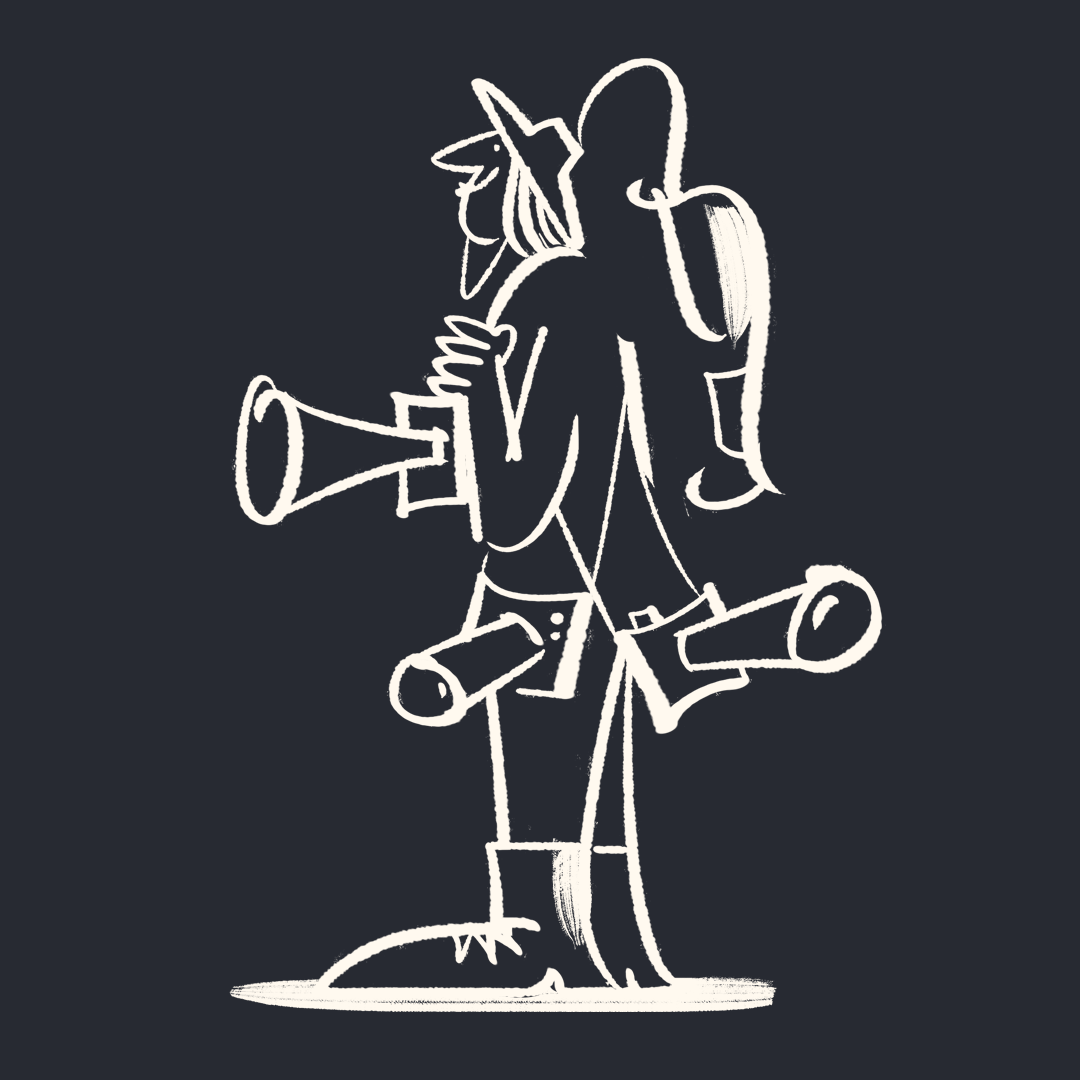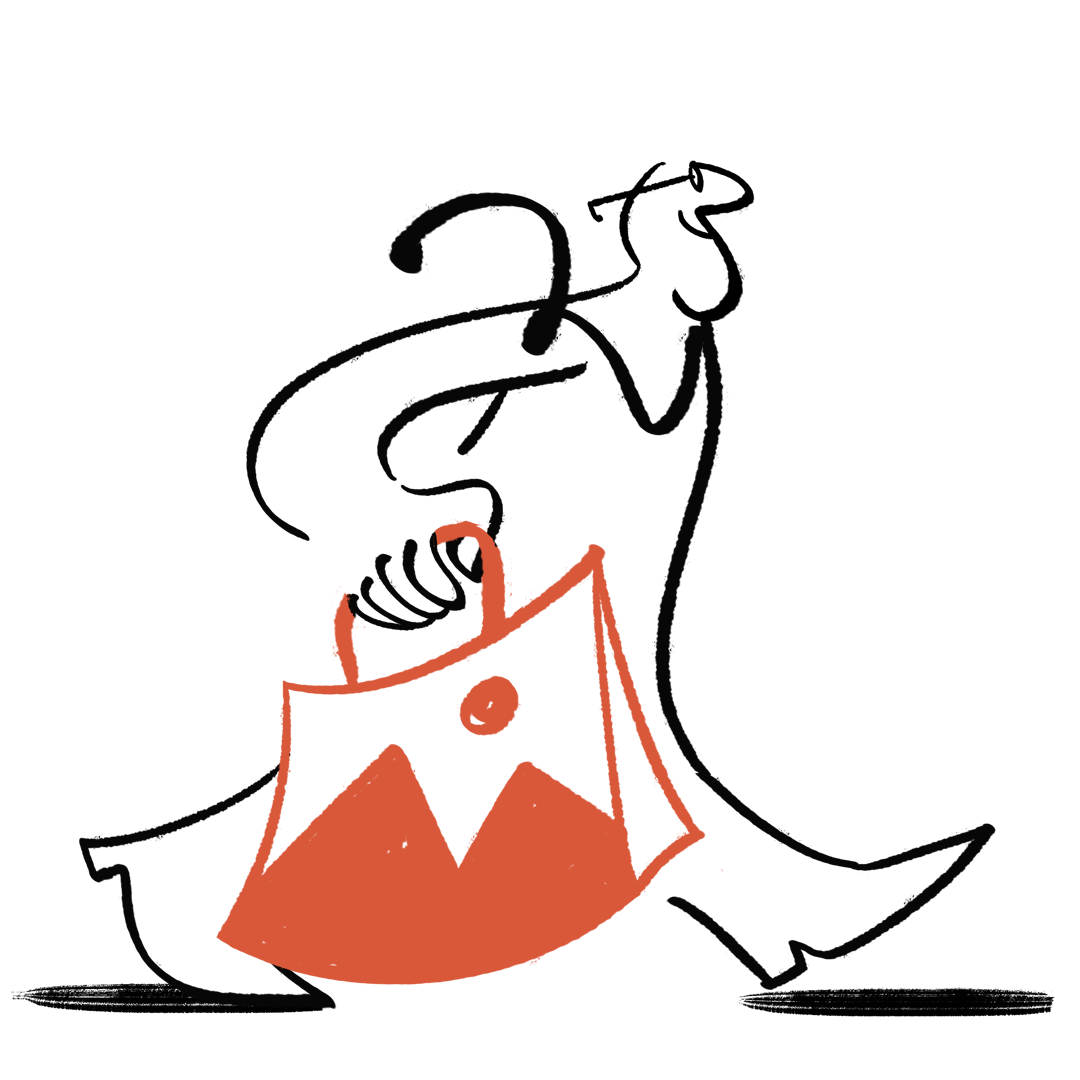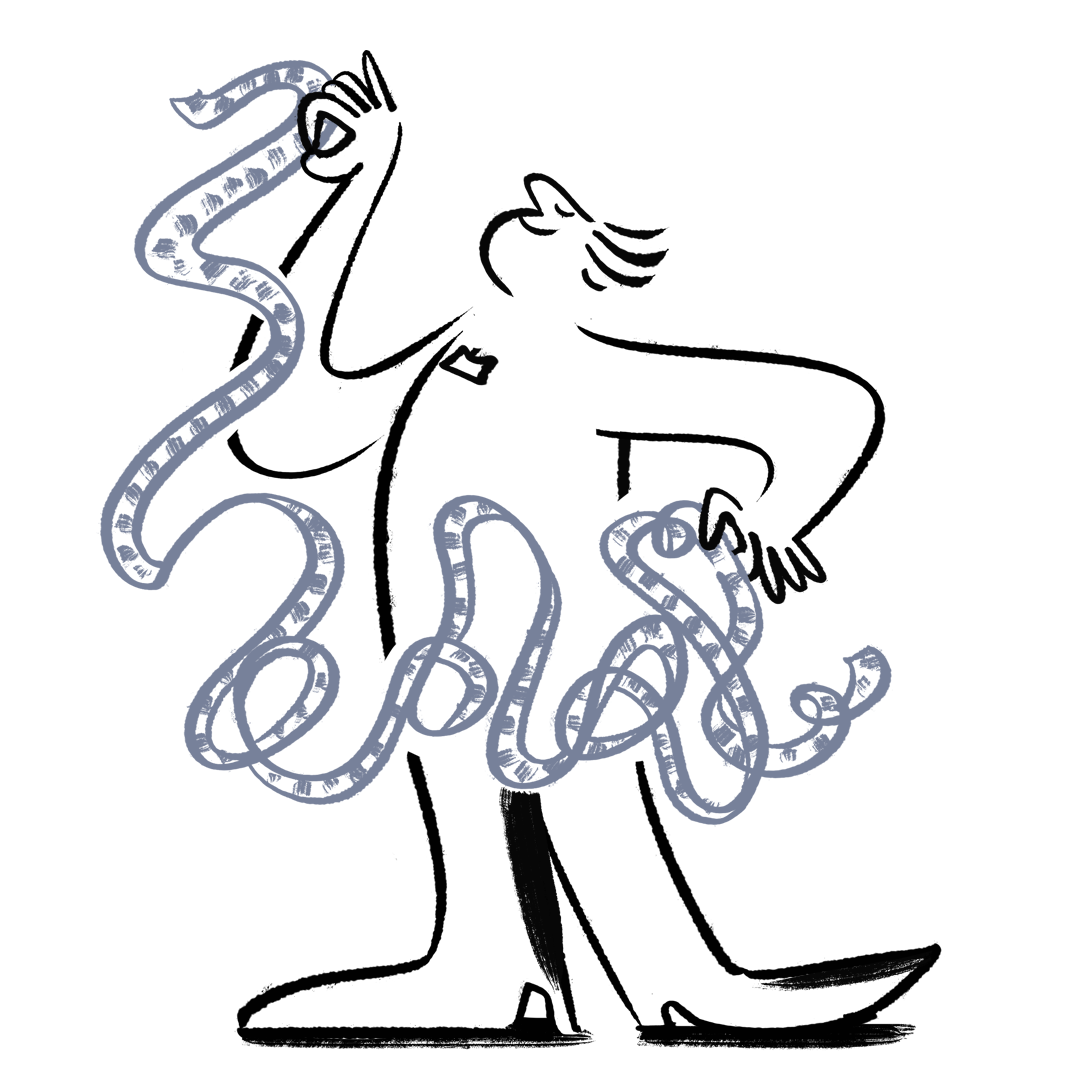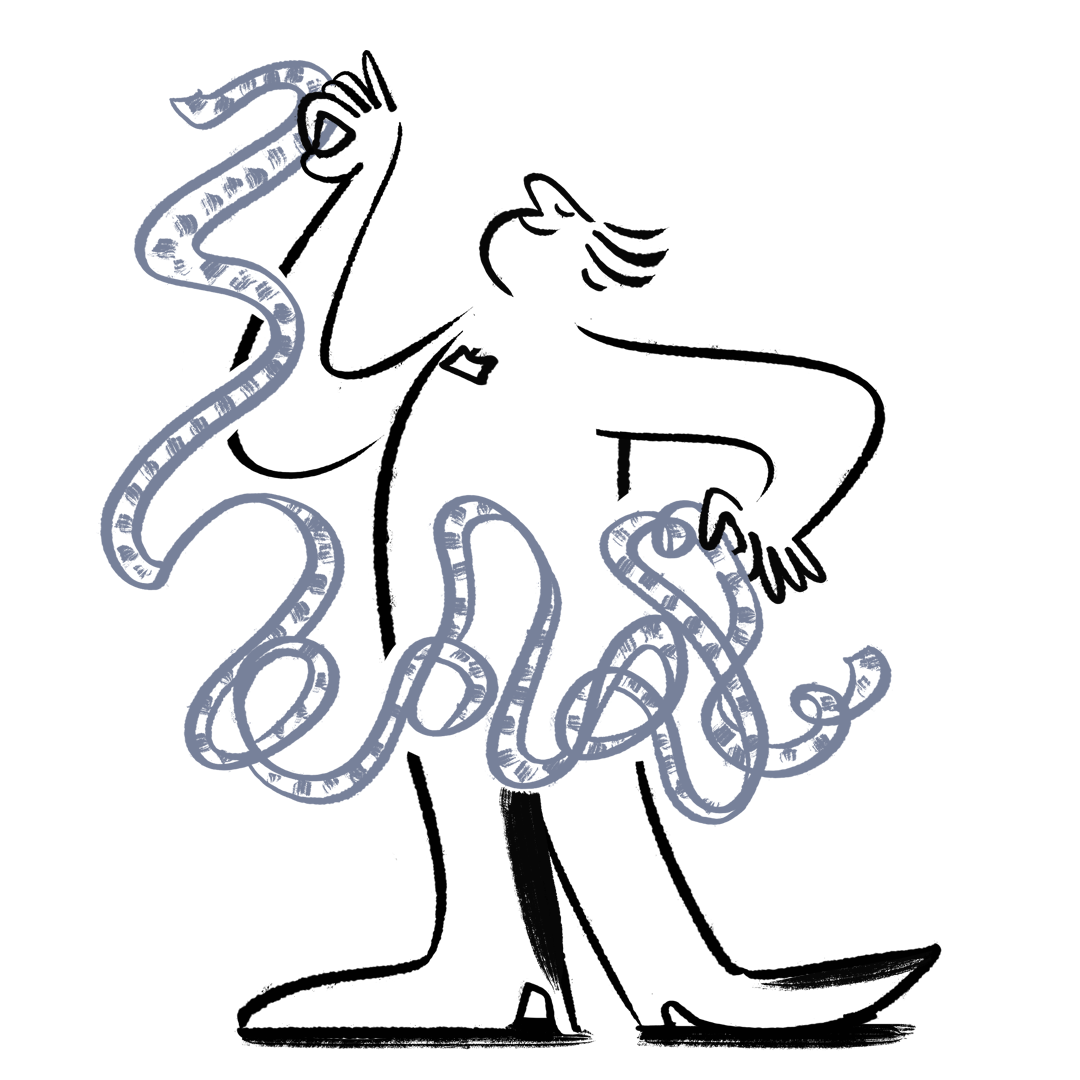Visualize a wider world
57
INDIA ELECTIONS 2024
Second phase of Indian general election
26.4.2024 by HARISH TYAGI
19
USA CAMPUS PROTEST
Pro-Palestinian campus demonstration in DC
25.4.2024 by JIM LO SCALZO
31
epaselect KENYA FLOODS
At least 32 dead after flash floods in Kenya
25.4.2024 by Daniel Irungu
20
MIDEAST ISRAEL PALESTINIANS GAZA CONFLICT
Internally displaced Palestinians spend their time at the beach west of Deir Al Balah
26.4.2024 by MOHAMMED SABER
20
CHINA SPACE PROGRAMS
Launch of Shenzhou-18 spacecraft in China
25.4.2024 by WU HAO
5
PHILIPPINES PROTEST
Protest in Manila against the ongoing US-Philippines military exercises
26.4.2024 by FRANCIS R. MALASIG
28
GERMANY NATO
NATO Secretary General Stoltenberg visits Berlin
25.4.2024 by Filip Singer
2
FILE USA WEINSTEIN CONVICTION OVERTURNED
Weinstein's 2020 rape conviction overturned by New York top court
25.4.2024 by ETIENNE LAURENT
Friday 26 April
26 Apr
12H57
Athens
Sports
Pending
Handover ceremony of the Olympic Flame in Athens for the Paris 2024 Olympic Games
Greece
Our solutions
Choose your perfect plan, pack, or professional.
Picture packs
Basic licenses for digital editorial purposes
Save money with our
Pre-Paid Packages.
Video packs
Basic licenses for digital editorial purposes
Save money with our
Pre-Paid Packages.
Book a Professional
Access our global network of professionals
Ask for a quote
Billed per project
Curated collections
Check out EPA's latest curated collections



